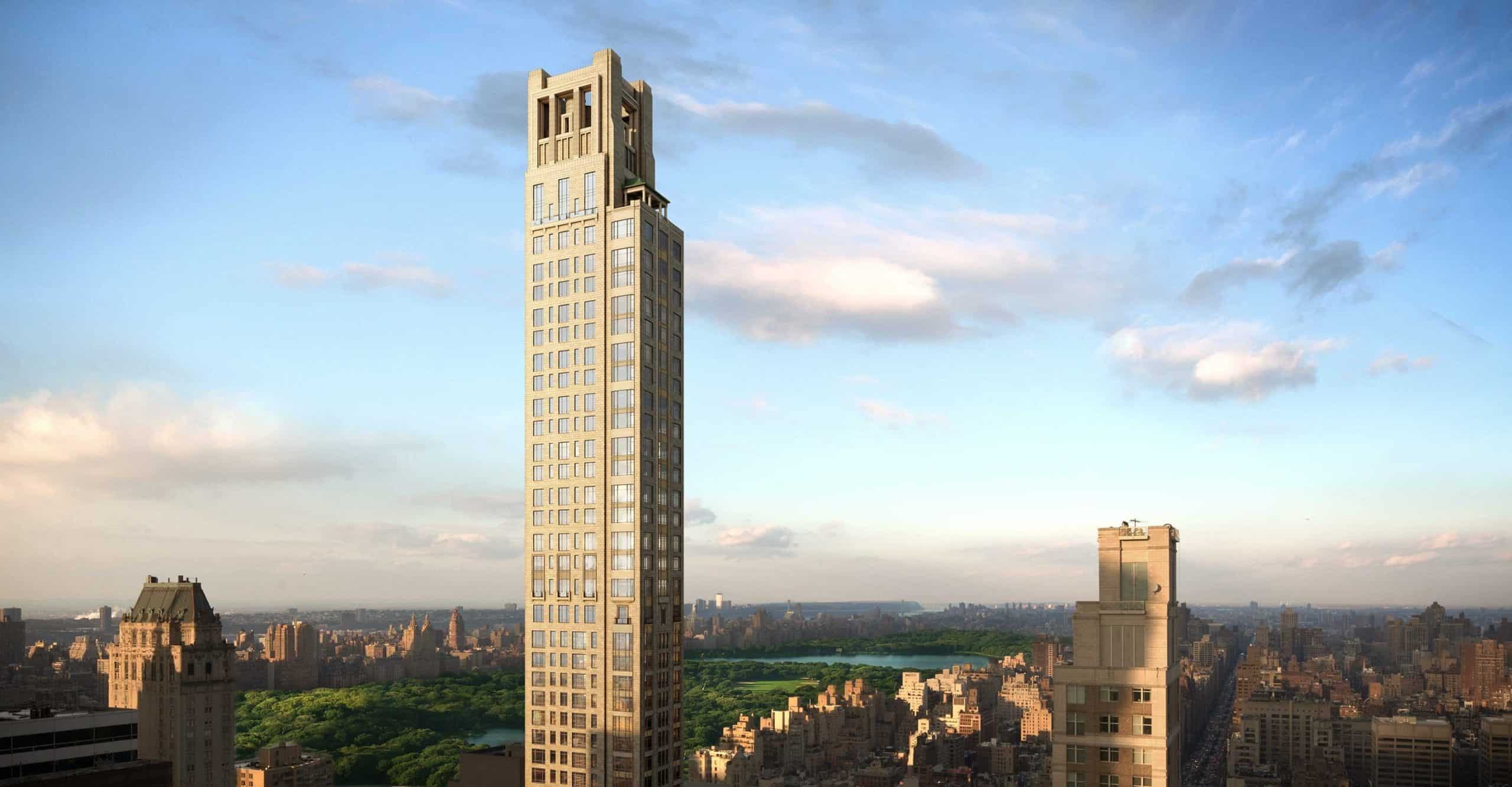
When you approach the intersection of branding and architecture in your projects, which comes first?
Architecture. We start with architecture and then the brand follows. This is mainly because, from our perspective, the brand is primarily based on the specific in-unit finishes, exteriors, public spaces, and interior architecture.
The brand is like a translator of the building’s architecture.
If the architecture is great, why bother branding a building?
There’s also a social reason to brand a building. I think that’s where respect of local architectural themes comes to the forefront. If you don’t respect the neighborhood and its architectural themes or history, the building will be jarring and inconsistent. Of course, there are exceptions to this philosophy and commercial areas offer a little more leeway in terms of sticking out, but residential areas are really not a place to experiment with drastically different architectural styles. Being respectful and not drawing attention to yourself by jarring onlookers then becomes a pillar of how the building is perceived and hence an aspect of that building’s brand in the eyes of onlookers.
A great brand can amplify the architectural themes, making them more pronounced or increasing the public’s awareness of them.
At what point do you bring branding experts into a project?
We start with the architects, then go through all the zoning and legal work, and then we bring in the branders about midway through the development process. We’ll show them the architecture we’ve decided on and let the branders work their craft from there.
You and your family have changed New York City real estate — and not just the city’s façade. How would you summarize your legacy?
My brother, Arthur, and I are lifelong New Yorkers, so we always try to respect the city’s history.
We see respecting the city’s architecture as a means of demonstrating that respect.
We try hard to always work with the finest architects who share those values, and carefully and thoughtfully incorporate the unique architectural aspects of every location and its neighborhood into the plans for a given project. Even if it’s trendy or in-demand, we never want to build a shiny glass tower in a traditional, granite-dominated neighborhood, for example. After we’ve done our research and explored all aspects, we meet with different architects to determine if they have a vision that is consistent with it.
What distinguishes the Zeckendorf approach?
One thing that sets us apart is that we don’t typically work with distinct interior designers and exterior architects. Instead, we prefer to have one architect who designs both the interiors and exteriors. This way, the themes are consistent throughout the entire building.
You’re known for placing strong emphasis on thematic consistency in the architecture of your buildings. What does that look like in practice?
We focus on thematic consistency in two ways. First, architectural consistency between the interior design and exterior architecture of the building. Second, architectural consistency between the building and its neighborhood.
For example, at 520 Park Avenue the limestone façade was consistent with the architecture of the East Side.
Further, the 50 United Nations Plaza in New York, designed by Foster + Partners, is in an area strongly imprinted by the architecture of the 1950s and 1960s. The building is very modernist, true to the Norman Foster school of architecture and the United Nations headquarters – conceived by my maternal grandfather, whereas my paternal grandfather owned the land.
You made two major decisions for 520 Park Avenue in Manhattan. First, you purchased the address from the church nearby. Second, you chose to name the building after its address, as opposed to giving it a personal or non-location-based title. Were these decisions a demonstration of how powerful you believe an address is to a property’s brand?
Yes. Park Avenue as an address is a well-known and respected brand in itself. Our building benefits from that address because it drives demand. Our residents enjoy the name recognition of their new home address and it’s easier to locate the building geographically.
Your project, 15 Central Park West, is a very successful condominium development. What contributed to the project’s success?
Right building, right time.
We hit the condominium boom at the right time and provided the best of the “pre-war concepts in post-war architecture” theme. Architect Robert A.M. Stern connected the building to Central Park West in a respectful way, with the light color palette and the limestone, which really set the building apart. Also, we provided an amenity package that was without equal.
What would you say to the developers of tomorrow?
As a developer, what you build will last generations. Take your time and think through your architectural choices and selection.
It’s true that cost pressure is brutal in this business, but good architecture will benefit your bottom line and reputation—which is your personal brand—in the long run.
_
*This is an excerpt from the upcoming book by The Seventh Art’s founder, Michel Mein: “Branded by design: Construction at the Intersection of Architecture and Branding”
